As scars develop they can become painful, they can pull or pucker the skin and affect musculature around the scar, and the scar itself has a different quality and make up to the scar tissue producing a mark (sometimes of which can cause psychosomatic emotional issues). Scars can contract as they grow and mature. This can lead to decreasing mobility or range of motion if the scar is near or over a joint. Adhesions develop internally under the scar and can also bind and attach to other structures. This can produce pain by pulling the body’s skeletal structure out of alignment. Adhesions can also produce devastating affects internally by attaching to organs causing dysfunction in organs or systems.
If you consider the amount of injuries, both trauma related and surgical from the time you 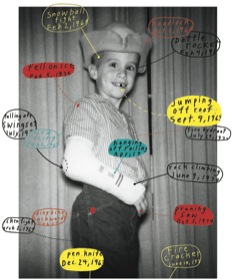 were born the list may add up! Each of these traumas and surgical invasions take a toll on the fascial and muscular systems of the body. The tissue heals differently, a higher resistance that healthy tissue, and creates islands of turbulence in the nervous system. This can create pain throughout the body just because the injuries or insults to the body are there, healed, and the craziest part is that they don’t even have to hurt.
were born the list may add up! Each of these traumas and surgical invasions take a toll on the fascial and muscular systems of the body. The tissue heals differently, a higher resistance that healthy tissue, and creates islands of turbulence in the nervous system. This can create pain throughout the body just because the injuries or insults to the body are there, healed, and the craziest part is that they don’t even have to hurt.
Now, the exact influence that the scars have on dysfunctions and diseases have to do with adhesions that wrap around structures that they should not be attached too, and with blockages on meridians line that affect homeostatic for organs, emotions, and systems.
Scars can occur not just on the skin but in any place in the body in which it has to heal. For example, the damage sustained from a heart attack is actually a result of the scarring of the heart, and post chemo lung damage is called pulmonary fibrosis or quite literally, scarring of the lungs. The pain of fibromyalgia is thought to be related to scarring within muscles, although the mechanism is not yet completely understood.

a.k.a. “Queen of Scars”

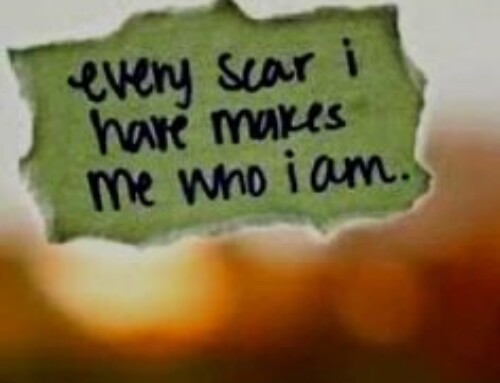
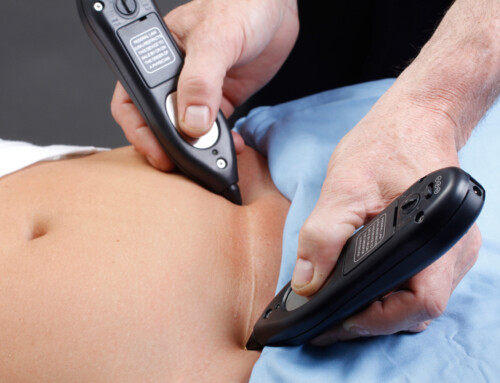
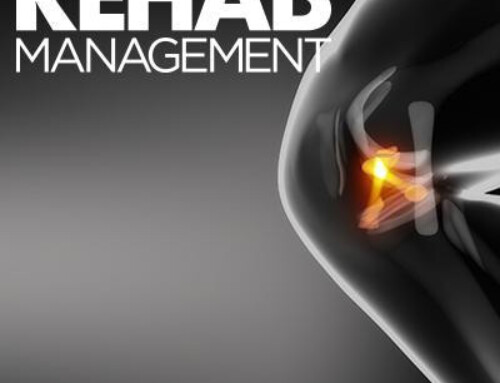
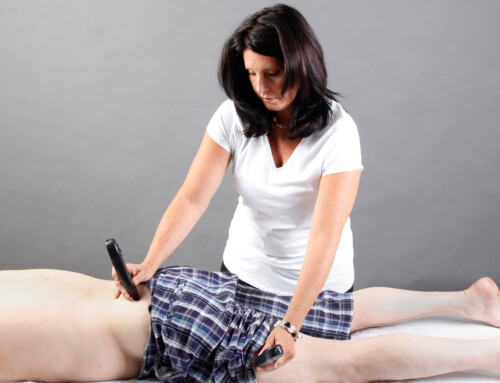
Leave A Comment